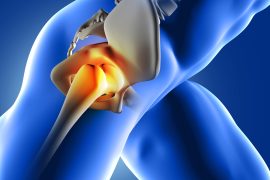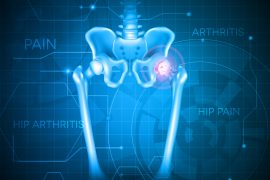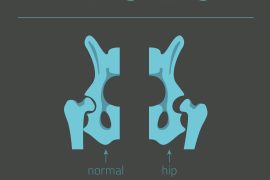Undergoing surgery can be stressful for anyone, especially when you are not sure about how soon you can recover and jump back to your routine. For Total Hip Replacement surgery (THR) patients, the recovery period can be even more stressful due to fatigue and reduced mobility. However, following the doctor’s advice especially during the initial few weeks post-surgery can ensure a faster and seamless recovery.
Need a little help figuring out the dos and don’ts while recovering from a Total Hip Replacement surgery? Here’s a short guide.
Wound care: Proper wound care is crucial to healing. A typical surgery wound may have sutures or staples till about approximately 2 weeks post-surgery. Keeping the wound dry till it is completed healed is one of the biggest things to look out for. Ideally, one should continue to bandage the wound to prevent chafing and irritation from clothing.
Diet: It is normal for Total Hip Replacement patients to experience a loss of appetite; after all, the body has been through major surgery. The medicines too can aid in amplifying this effect. However, this is no excuse to skip a meal. A balanced diet and plenty of fluids are key to a complete recovery.
Physical Activity: The best way to gain the capacity to resume your normal activities is exercise. Exercising in the first few weeks post-surgery is very important in the recovery process. A Total Hip Replacement patient is expected to gain the capacity to go back to their light normal activities within 3-6 weeks after surgery. Don’t be afraid of any discomfort caused during the first few weeks while going about your activities, this is a natural part of healing.
You should slowly start walking around indoors and gradually move outside. Following the physiotherapist’s instructions and regular exercises can go a long way in restoring your mobility and hip strength. After a while, you should be able to go back to our routine.
Precautions:
- For the initial 6 to 8 weeks, one cannot cross one’s legs from the knees
- Don’t elevate the knee higher than the hip
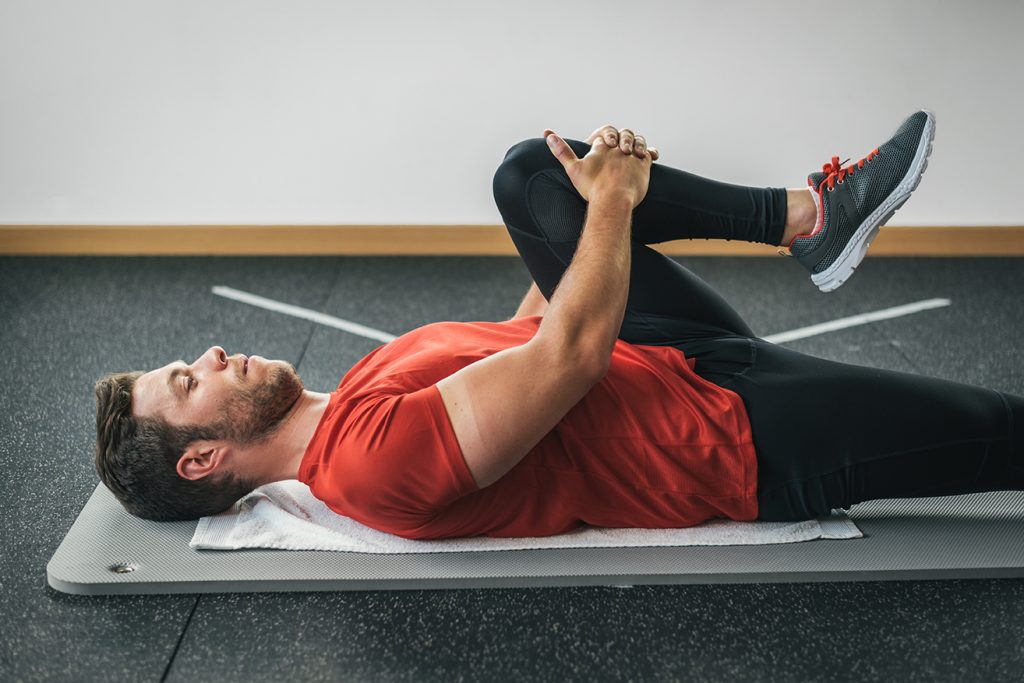


- Take care not to lean in a forward position while sitting or while you are about to sit



- Don’t try to pick anything from the floor in the sitting position
- Don’t excessively turn your feet inward or outwards while bending down
- Don’t bend at the waist more than 90 degrees



- Do keep the legs facing forward



- Keep the operated leg in front while sitting or standing
- Kneel on the knee on the operated side



- Apply ice to decrease pain and swelling only through an ice pack or wrapped in a towel
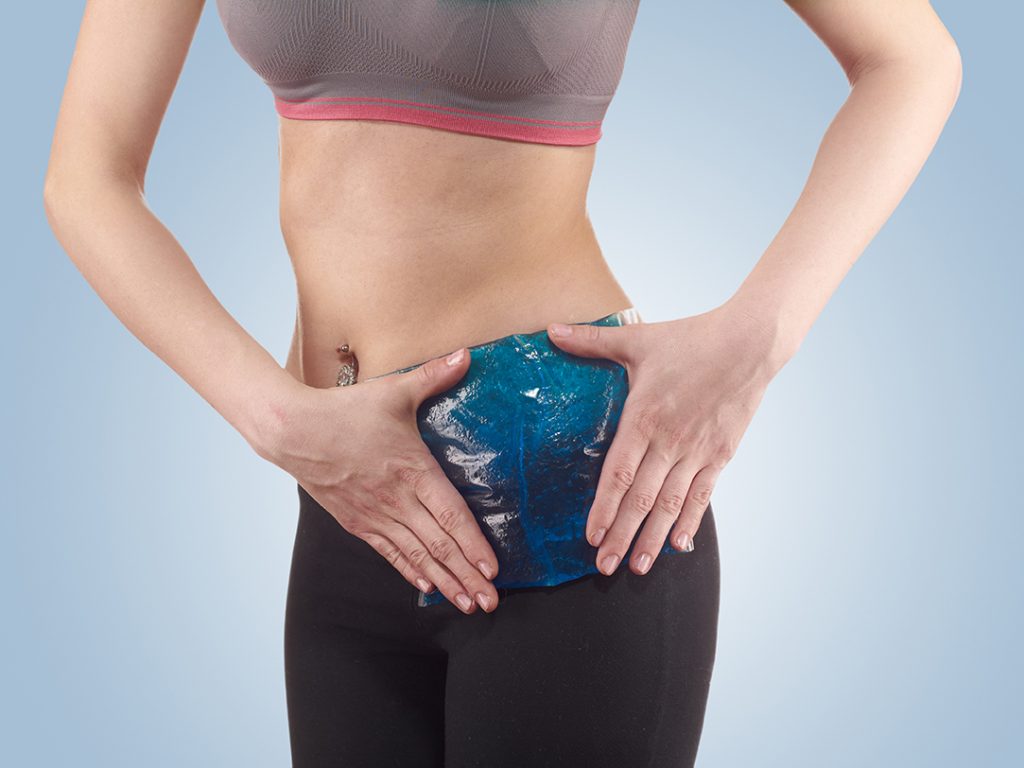


- No direct application on the skin
- Apply heat before any activity to help with Range of Motion
- Reduce but don’t stop performing your exercises if you experience pain in your muscles
So there you have it. The essential guide to recovering from Total Hip Replacement in an easy and relatively painless manner.


